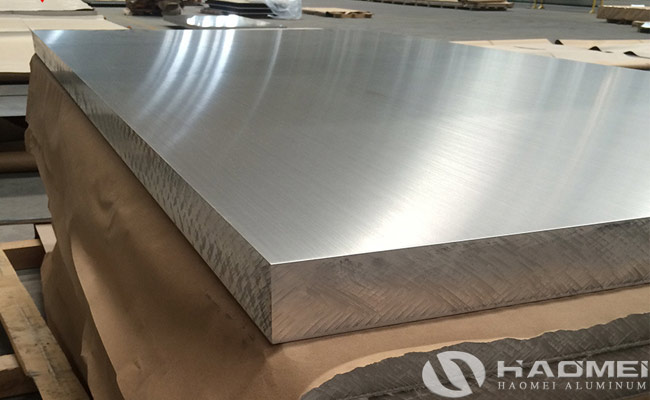Aluminium alloy plate 2000, 5000 and 6000 series with light weight, high strength, good tensile properties are applied in automotive industry. With the increasing demand for energy saving and consumption reduction in the society, the lightweight of automobiles is the development direction of the current automotive industry. The aluminum alloy plates have many advantages such as light weight, high strength, good tensile properties, high corrosion resistance, etc. The is aluminium plate are favored by the automotive parts processing industry.

The commonly used aluminum alloy plate materials in automobile body mainly include 2000 series, 5000 series, 6000 series alloy sheet plates and high-performance cast aluminum. Different types of aluminum alloy plate materials are used for different force parts.
The 2000 series aluminum alloy is a heat-treated and reinforced aluminum alloy with excellent forgeability, high strength and good welding performance, good baking strengthening effect, but its corrosion resistance is worse than other series of aluminum alloys. Currently, 2036 and 2022 aluminium plate alloys have been partially used in automotive body panels.
The 5000 series alloy is a kind of aluminum alloy which can not be strengthened by heat treatment, and has good corrosion resistance and welding performance. However, in the annealed state, the delayed yield may be generated during processing deformation, so it is mainly used for complex parts shapes such as the inner panel of the vehicle body.
The 6000 series alloy is a heat-treated reinforced aluminum alloy with high strength, good plasticity and excellent corrosion resistance. Compared with the steel plate, the 6000 series aluminium alloy plate has similar yield strength and tensile strength, and the hardening coefficient even exceeds the steel plate. At present, the 6009, 6010 and 6016 aluminum alloys are used for the outer and inner panels of automobile bodies due to their good plasticity and the ability to achieve artificial aging during the post-forming paint baking process.
Contact Us
- 1103, No.14 Waihuan Road, CBD,Zhengzhou, China
- +86-0371-65621391
- nydia@aluminumhm.com
- Contact Form

